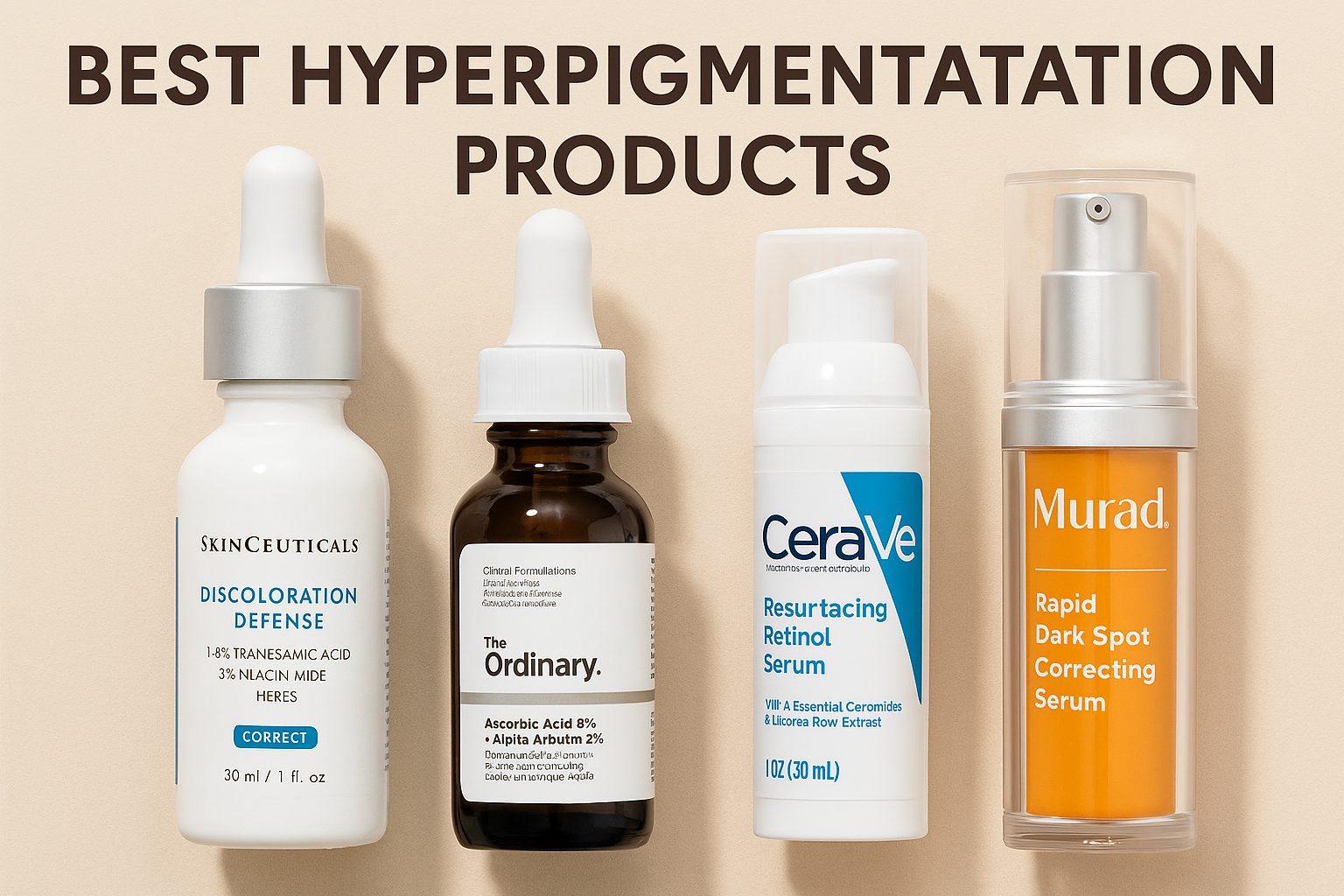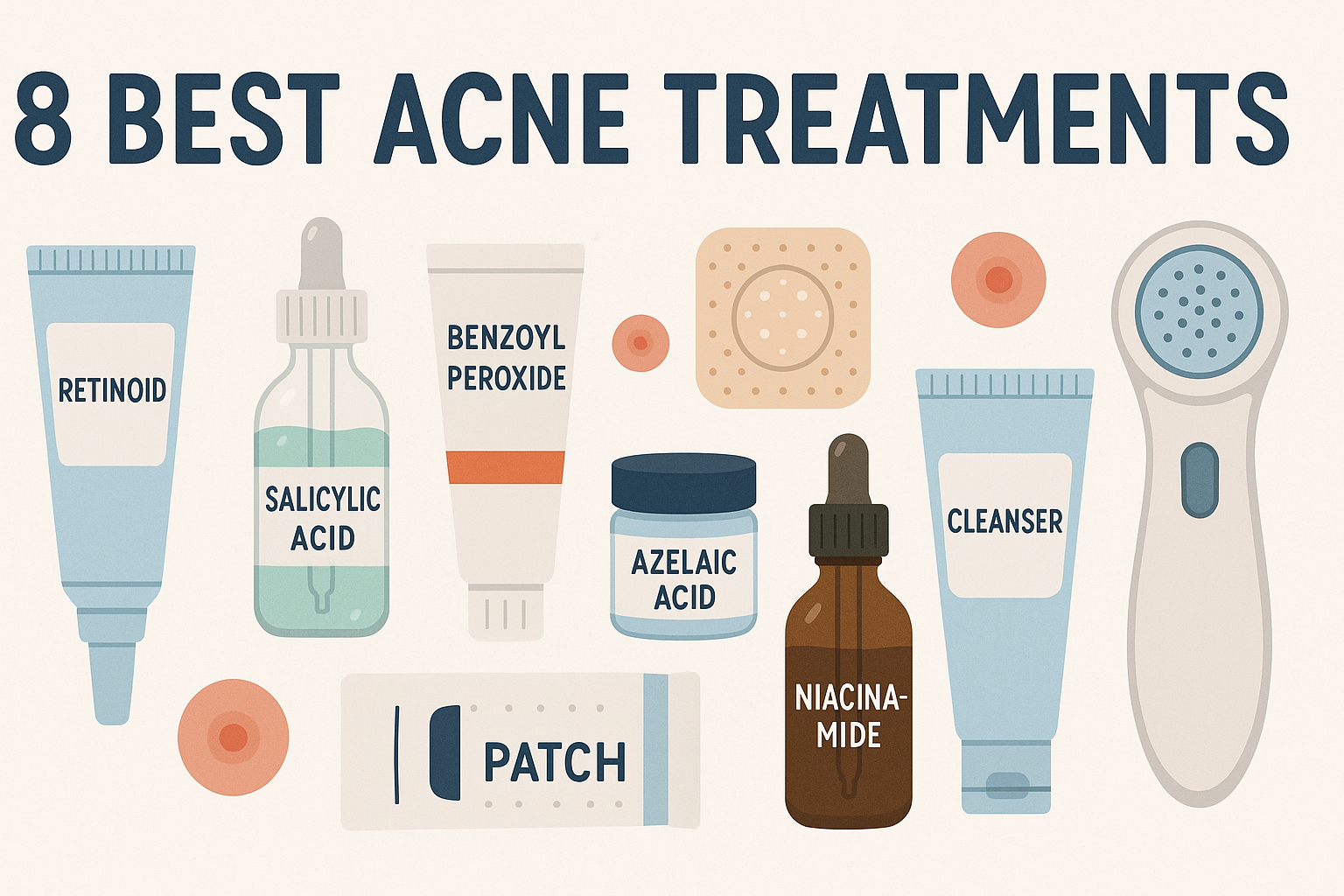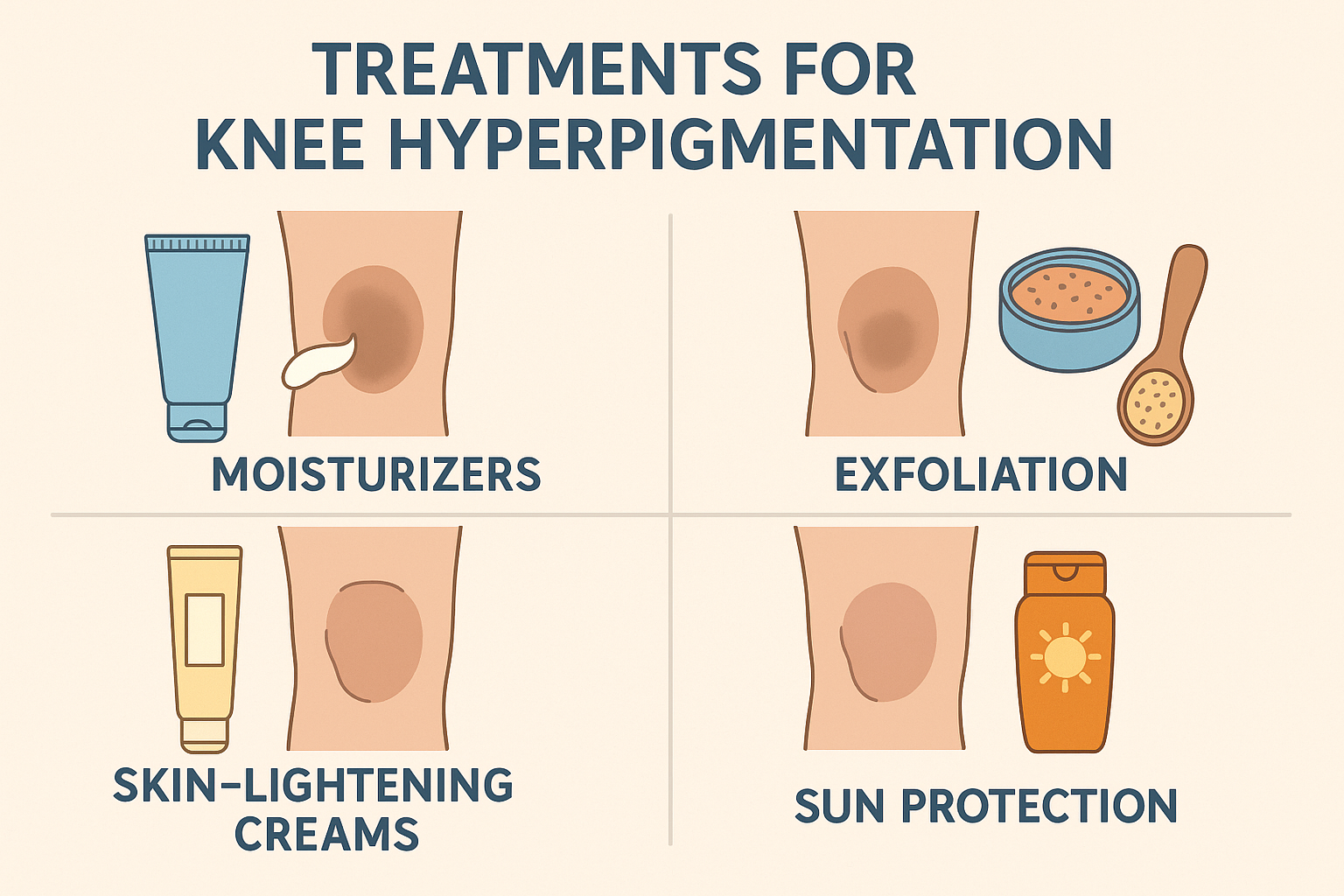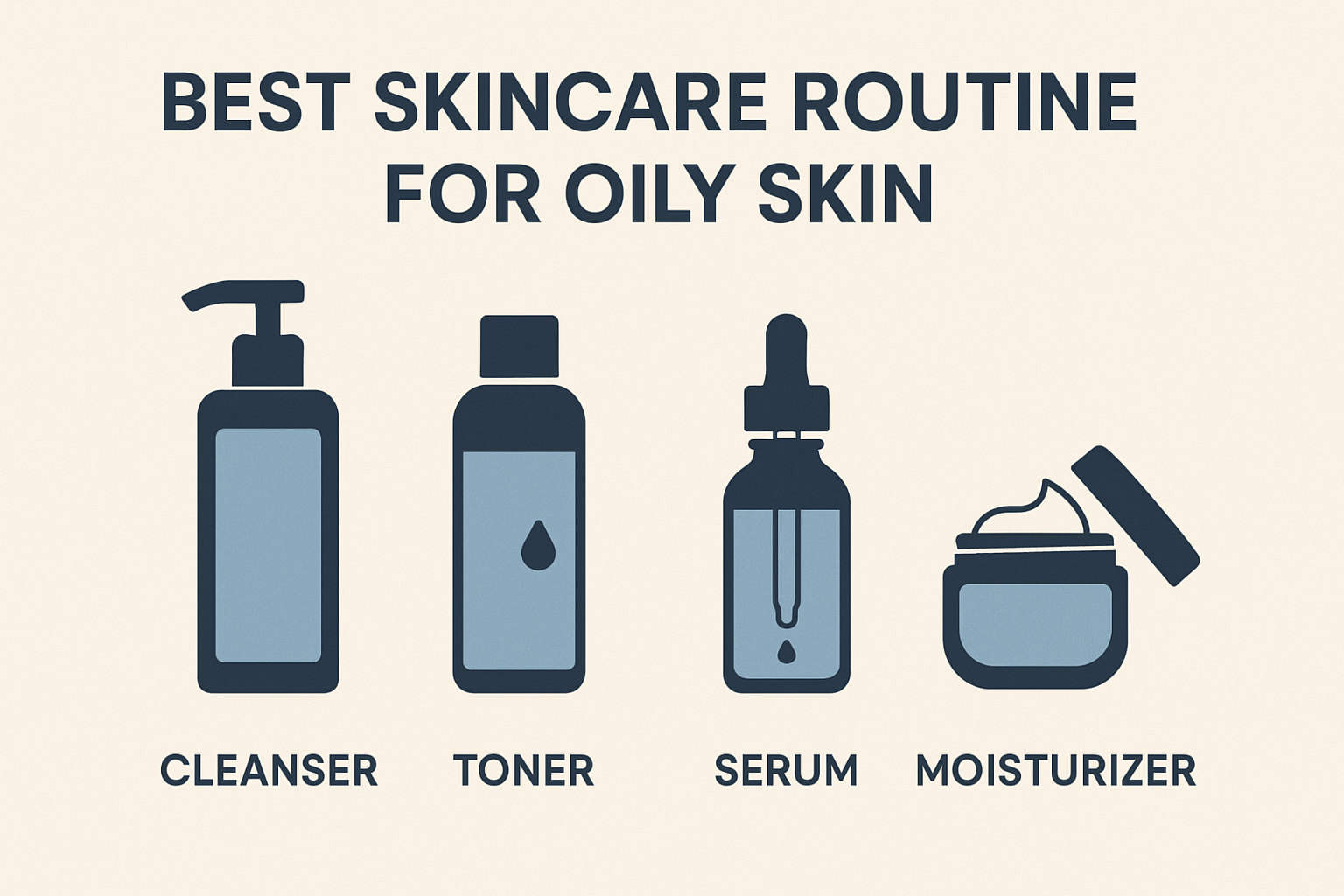Should You Worry About Filler Migration? Experts Explain

In recent years, dermal fillers have become a go-to solution for enhancing facial contours with instant results. But along with the rising trend, concerns about filler migration—when filler moves from its original injection site—have gone viral, especially on TikTok, sparking millions of views and comments.
Although the idea sounds alarming, experts reassure us that filler migration is not as common as social media suggests. According to Dr. Jeffrey G. Lind II, a board-certified plastic surgeon, and Vanessa Coppola, APN-C, FNP-BC, a certified nurse practitioner, most migration cases are caused by poor injection techniques, improper product choice, or excessive facial muscle movement.
Symptoms may include unusual swelling, uneven facial contours, or asymmetry. The good news? These issues are preventable. Choosing a qualified professional and using high-quality filler products significantly reduces the risk. And if you do notice any concerning changes, don’t panic—just schedule a consultation with a trusted aesthetic clinic to get it assessed and treated safely.
What Exactly Is Filler Migration?
Filler migration happens when dermal filler—usually a gel-like substance injected into areas like the lips, cheeks, or under-eyes—shifts away from its original placement.[1Kovak Cosmetic Center: What Causes Dermal Filler Migration and How to Prevent It.] Dr. Jeffrey G. Lind II explains that when this occurs, it can lead to uneven results and disrupt facial harmony.
While most modern fillers are FDA-approved and formulated to stay in place under the skin, movement can still happen. Triggers include external pressure, repetitive facial motions, or incorrect injection techniques. Even touching or massaging the area too much after the procedure can raise the risk of migration.[2Vibrant Skin Bar: Filler Migration: Causes, Symptoms, Solutions.]
That’s why selecting a highly trained injector is crucial. They understand facial anatomy and use precise techniques to minimize risks. Plus, following post-treatment care instructions carefully will go a long way in preventing unwanted side effects.
Filler migration isn’t common—but knowing how it happens and how to avoid it helps ensure results that look natural and last longer.
How Can You Tell Filler Has Migrated?
Wondering how to tell if your filler has migrated? While it depends on the severity, there are some visual clues you can watch for—especially around the lips, which are a high-risk area.
According to Vanessa Coppola, APN-C, FNP-BC, lip filler migration often involves the gel moving from the vermilion (the pink part of the lip) to the surrounding skin. This can cause the lips to look overly puffy or create a blurry, undefined border. You might also notice a pale or whitish hue on the skin, indicating misplaced filler beneath the surface.
In other facial areas like the tear troughs under the eyes, signs are subtler. Filler migration here may look like small lumps or ridges, creating an unnatural transition between your lower eyelid and cheek—often described as resembling a “Tootsie Roll” under the skin.
Still, it’s important not to self-diagnose. Both Dr. Lind and Coppola emphasize that only an experienced medical professional can confirm filler migration through a full in-person assessment.
Top Causes of Filler Migration You Should Know
Why does filler move in the first place? Several internal and external factors can lead to migration, especially when best practices aren’t followed. Here are the most common causes:
- Overfilling the Area
Too much filler in one spot can cause product overflow, pushing it into surrounding tissues. This is a major risk factor, particularly in smaller areas like the lips. Experts stress the importance of moderation and proper technique for natural, safe results.[3Qazi Cosme Center: Why Does Lip Filler Migration Happen?] - Incorrect Injection Depth
If the filler is injected too close to the surface—especially in high-movement areas like the lips or tear trough—it’s more likely to migrate. Vanessa Coppola highlights that deep knowledge of facial anatomy is key to avoiding such issues. - Repetitive Muscle Movement & Frequent Injections
Daily facial movements—smiling, chewing, talking—can also cause filler to shift over time. Re-injecting filler in the same area too often, especially before it fully dissolves, increases the likelihood of displacement.
Filler type, technique, and each person’s unique facial structure all play a role. Working with a certified and skilled practitioner helps reduce these risks significantly.
How to Treat Filler Migration: Safe Solutions That Work
Noticed signs of filler migration? Don’t stress—there are several effective treatment options depending on your comfort level and how severe the issue is.
- Let It Fade Naturally
If the migrated filler doesn’t affect your appearance too much or cause discomfort, you can simply wait it out. Most hyaluronic acid (HA) fillers naturally break down within 6 to 12 months. This non-invasive approach is often ideal for mild cases.[4Aesthetics by Stephanie: The Ultimate Guide to Dissolving Filler: What You Need to Know.] - Dissolve It with Hyaluronidase
For faster results, your provider can use hyaluronidase—an enzyme that breaks down HA filler. Dr. Lind notes that this method can require multiple sessions, depending on how much filler needs to be removed.
The procedure may cause some temporary discomfort, such as warmth or stinging, but many patients find it worthwhile—especially if the filler migration is significantly impacting their facial symmetry or confidence.
Whatever option you choose, always consult with an experienced injector or medical aesthetic professional to determine the best and safest course of action.
Can Filler Migration Be Prevented? Here’s How to Lower the Risk
The short answer: yes and no. While you can’t guarantee filler migration won’t happen at all, there are several ways to significantly reduce the risk—and most of it starts with smart choices before and after your procedure.
Dr. Jeffrey G. Lind II emphasizes that the most important factor is choosing a qualified, experienced injector. A deep understanding of facial anatomy, proper injection technique, and selecting the right type of filler are essential to getting safe and natural-looking results. Overfilling or injecting in the wrong area are two of the most common causes of migration.
Aftercare matters just as much. Avoid sleeping with your face pressed against a pillow for at least 48 hours post-injection. Physical pressure on freshly treated areas can cause the filler to shift before it properly integrates into the skin.
Although filler migration gets a lot of attention online—especially on platforms like TikTok—experts confirm that it’s relatively rare when done by skilled professionals. By choosing a reputable provider and sticking to proper aftercare, you can enjoy long-lasting results with minimal risk.
Final Thoughts
When performed correctly, soft tissue fillers are a safe and effective way to enhance your facial appearance. According to Dr. Jeffrey G. Lind II, true cases of filler migration are far less common than what’s often seen or assumed on social media.
In reality, many reported cases are due to poor injection technique, the wrong filler choice, or a misunderstanding of facial anatomy—not spontaneous migration. This means that with the right preparation and professional guidance, you can avoid most risks.
- Still unsure about getting filler? Here’s what the experts recommend:
- Do thorough research on your injector.
- Don’t rely on certifications alone—look into their experience and case history.
- Read real patient reviews and check before-and-after photos.
- Make sure their aesthetic style aligns with what you’re looking for.
- Schedule a consultation and ask every question on your mind.
With the right mindset, research, and communication, dermal fillers can be a rewarding option to refresh your look without unnecessary risk.
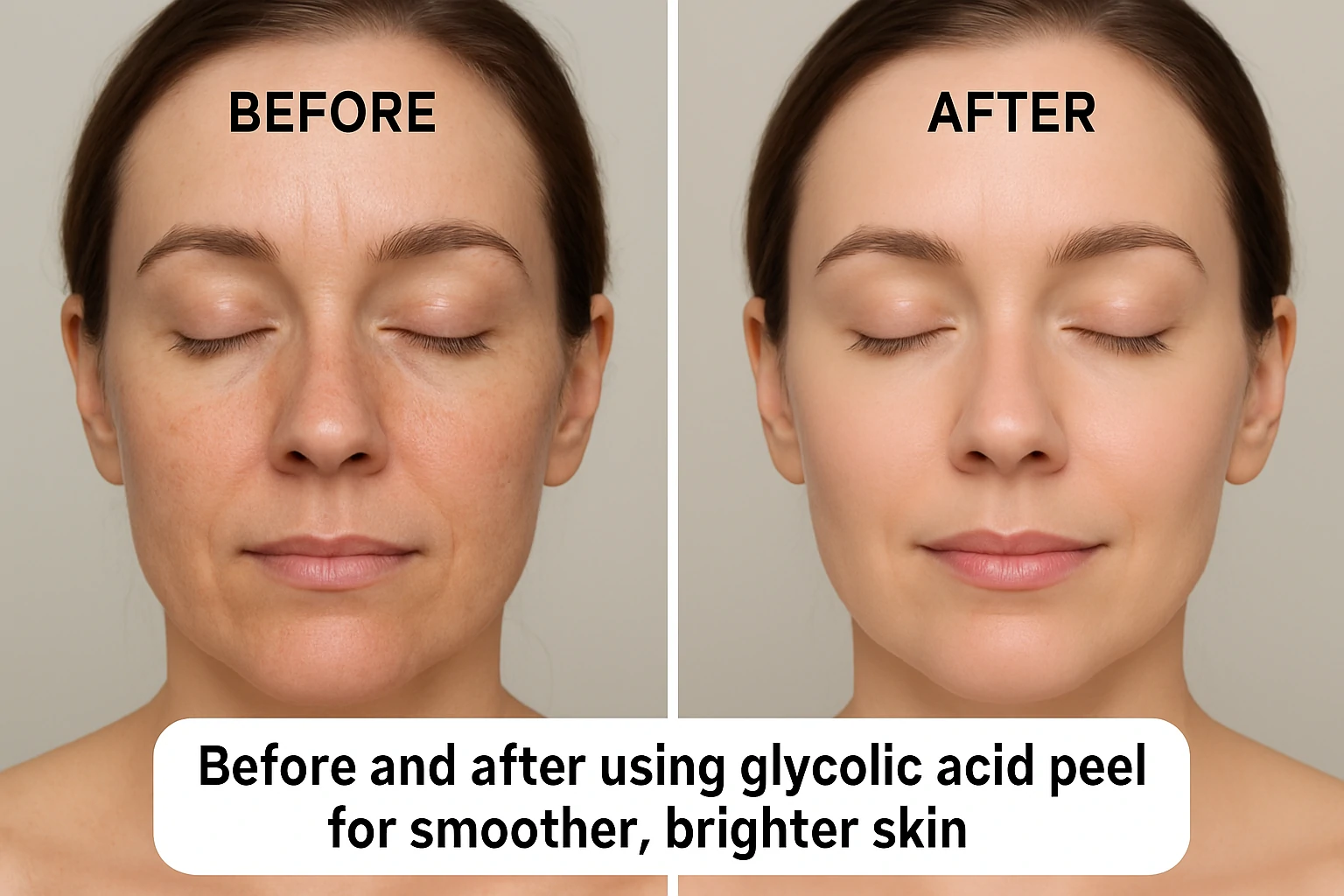
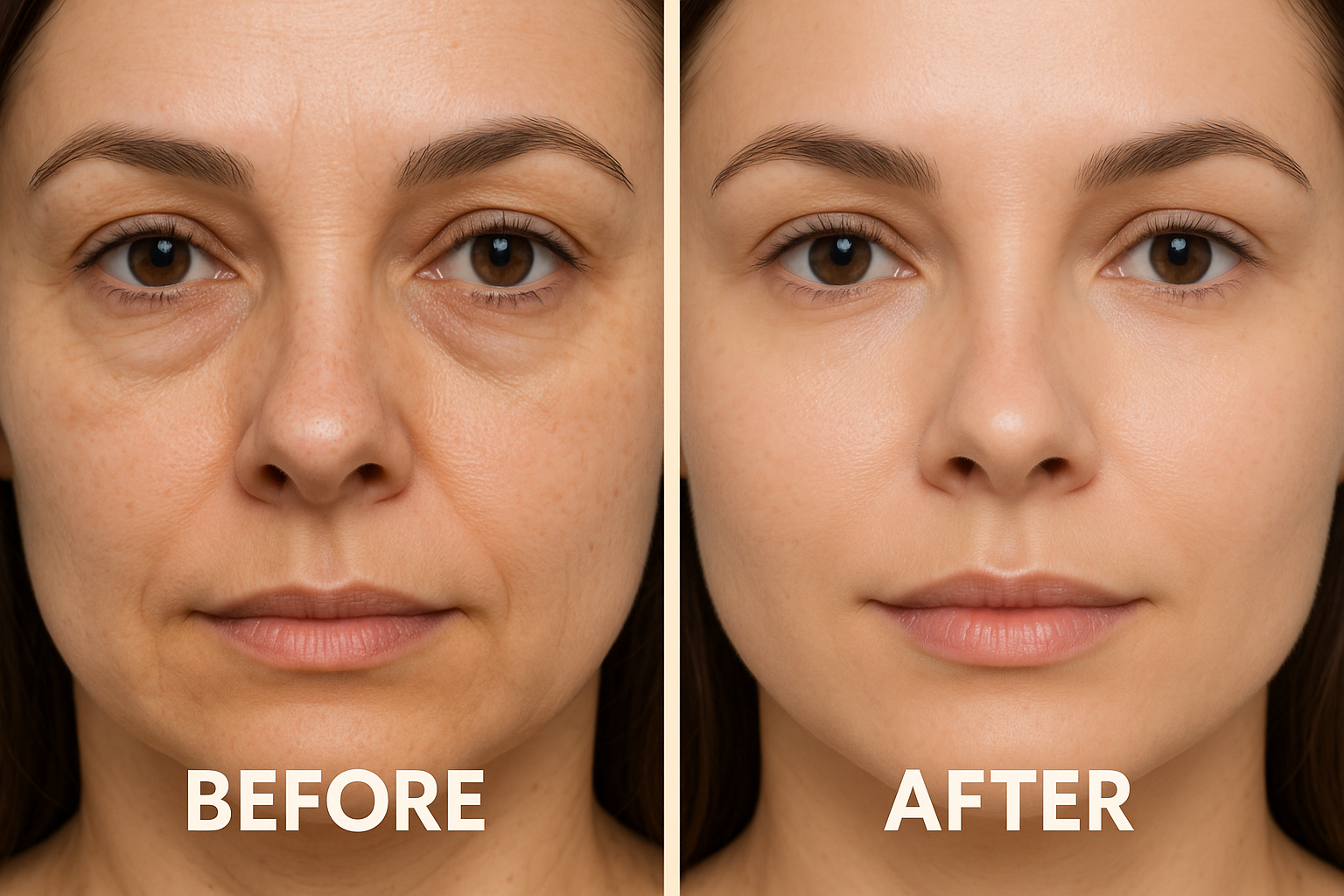

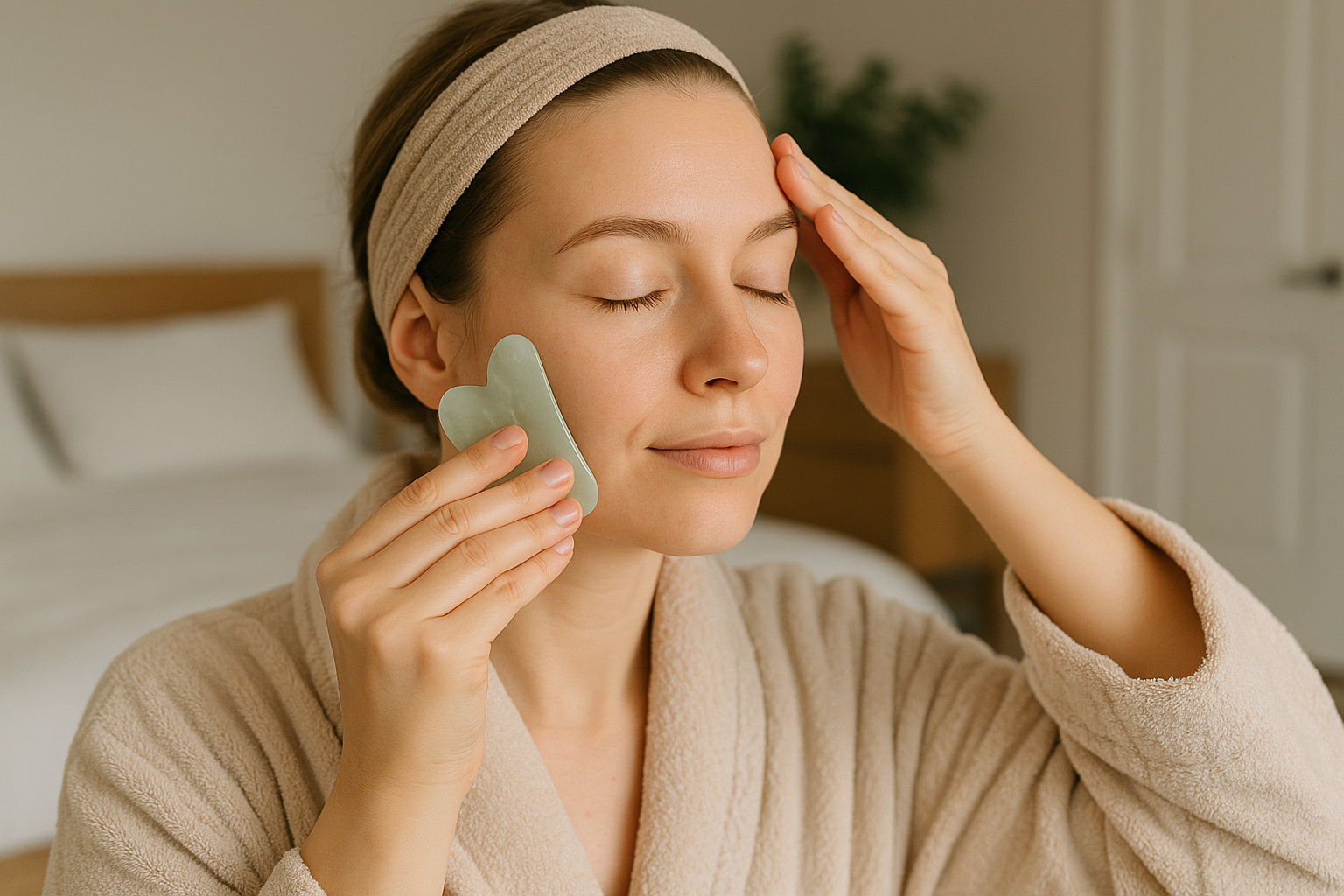

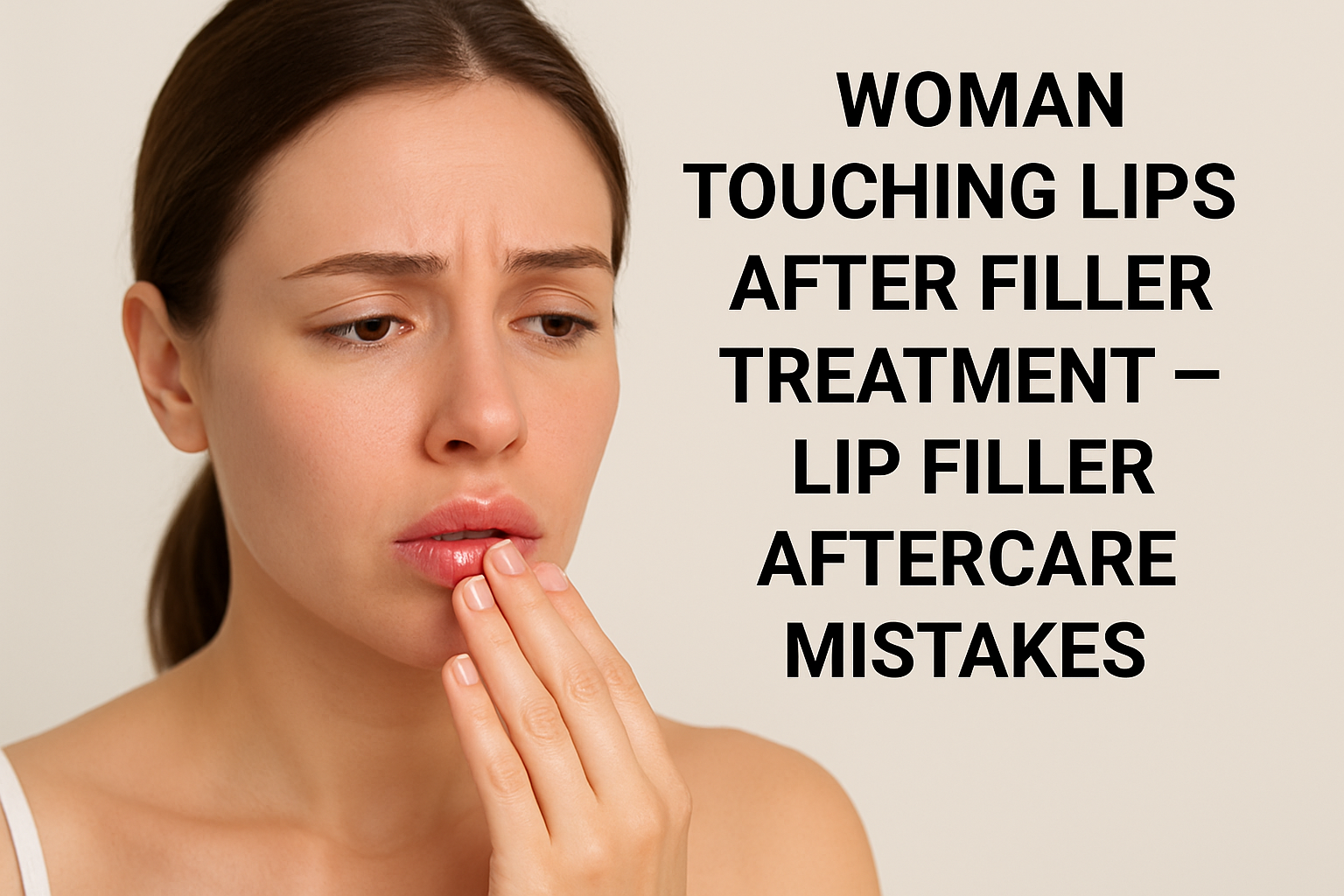
 Acne
Acne Anti-Aging
Anti-Aging Business
Business Digital Marketing
Digital Marketing Economics
Economics Exfoliation
Exfoliation Movies
Movies Personal Finance
Personal Finance Websites
Websites
